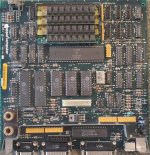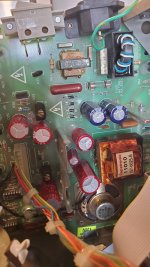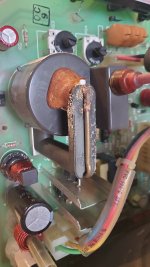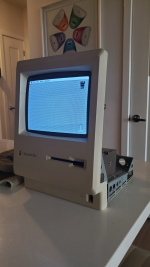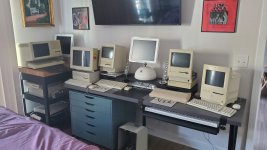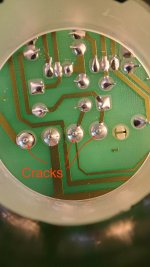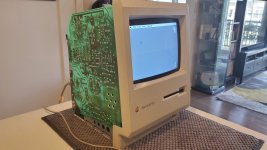reallyrandy
Well-known member
I have my original Mac Plus that I bought in 1986. It's been in storage for about a year. I just took it out and tried to boot it and got a beep and then nothing. I have a 6.0.8 boot floppy in the drive but then I hooked up my Floppy Emu and it lights up but keeps going in to self test mode every 20 or 30 seconds. If I leave the computer on for a few minutes, it starts beeping again like it's restarting at random intervals about once or twice a minute. Other than that, there is no sound at all (I didn't realize the Plus has no fan). On some boots I get a pattern on the screen and sometimes it's just dots here and there. The MB looks fine and the analog board looks fine too. No bulging caps or gunk on the board.
I mentioned it to Thomas from @Amiga of Rochester and he said Pluses don't really need recapping, so I'm suspecting the analog board. I'm a developer but know very little about electrical. I have a meter but only know how to use it for testing a wall plug or wire continuity.
I've attached some pics, maybe one of you can spot something?
I mentioned it to Thomas from @Amiga of Rochester and he said Pluses don't really need recapping, so I'm suspecting the analog board. I'm a developer but know very little about electrical. I have a meter but only know how to use it for testing a wall plug or wire continuity.
I've attached some pics, maybe one of you can spot something?



